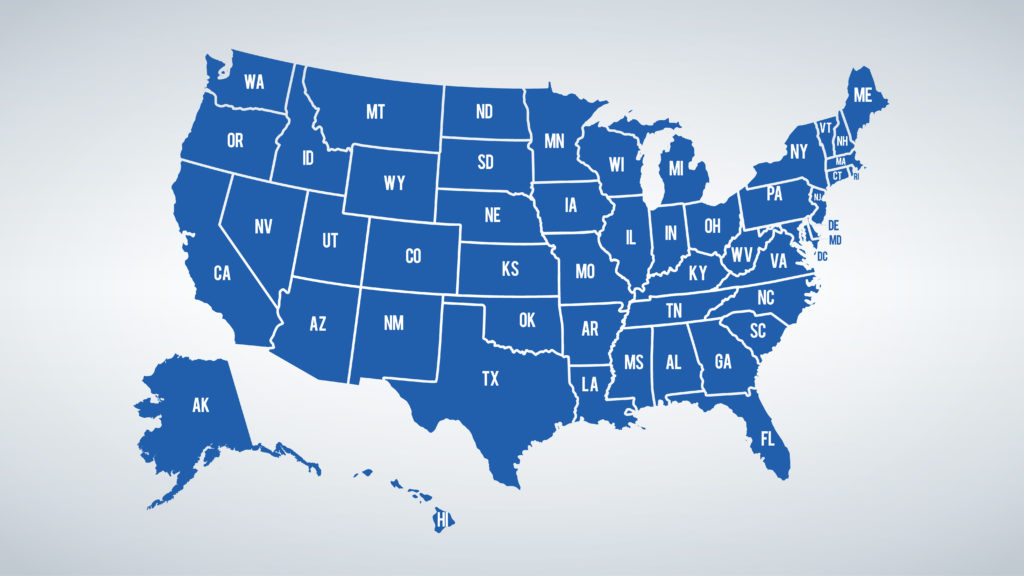Which States Are Good, and Bad, for Taxes?

How attached are you to the state you live in? Although most people would rather not relocate, where a person lives can actually make a huge difference in his or her tax bill. That’s because Kiplinger recently released its list of the most and least “tax-friendly” states when it comes to taxes. The business publisher used three important tax factors to determine their results, including state income tax, gas tax and sales tax. Here’s what they found.
If you live in Delaware then chances are you’re happier than most about your tax bill. With an income tax coming in between 2.2 percent to 6.6 percent, along with no sales tax and well below average gas taxes, Delaware was number one on the list of most friendly tax states. Wyoming, Louisiana, Mississippi and Alabama were also on the friendliest list.
Meanwhile the news is not so good if you live in California. With an income tax reaching as high as 13 percent for the top earners, a 7.5 percent sales tax and a gas tax coming in at $.053, the golden state is number one on the list of least friendly tax states. Other states that will keep your tax bill high include New York, Connecticut and New Jersey. Click here to see the entire lists.
Everyone has to pay taxes, but you can click here to learn how GROCO can help you save on your taxes no matter which state you live in. Call us today at 1-877-CPA-2006.
Real Estate Agents are Same as Brokers for “Real Estate Professional Rule” for Passive Losses
Real Estate Agents are Same as Brokers for “Real Estate Professional Rule” for Passive Losses Taxpayer victory in Tax Court Real estate agents can claim the real estate professional exception to the passive loss limitations. The I.R.S. tried to argue that the taxpayer needs to be a “Broker” not a just an “Agent” to meet…
10 Tips to Reduce Your Tax Burden
10 Tips to Reduce Your Tax Burden Updated: 1/3/13 With the start of a new year, tax season will soon be upon us. For 2012 returns, the tax filing deadline is April 15, 2013. Now is a good time to look for tax reduction strategies in preparation for filing your tax return. Here are ten…
Avoiding the AMT Trap
Avoiding the AMT Trap Updated: 10/23/2014 More and more taxpayers are finding a hidden tax on their individual tax returns. The alternative minimum tax (AMT) attempts to ensure that high income individuals who benefit from the tax advantages of certain deductions and exemptions will pay at least a minimum amount of tax. This tax was…
Hidden Costs of Estate Settlement
Hidden Costs of Estate Settlement As you look for ways to improve the financial outlook for your family, give extra attention to your choice of an executor for your will. Generally, the fee for settling an estate relates to the responsibilities of the job, not to who does the job. That means that anyone you…




